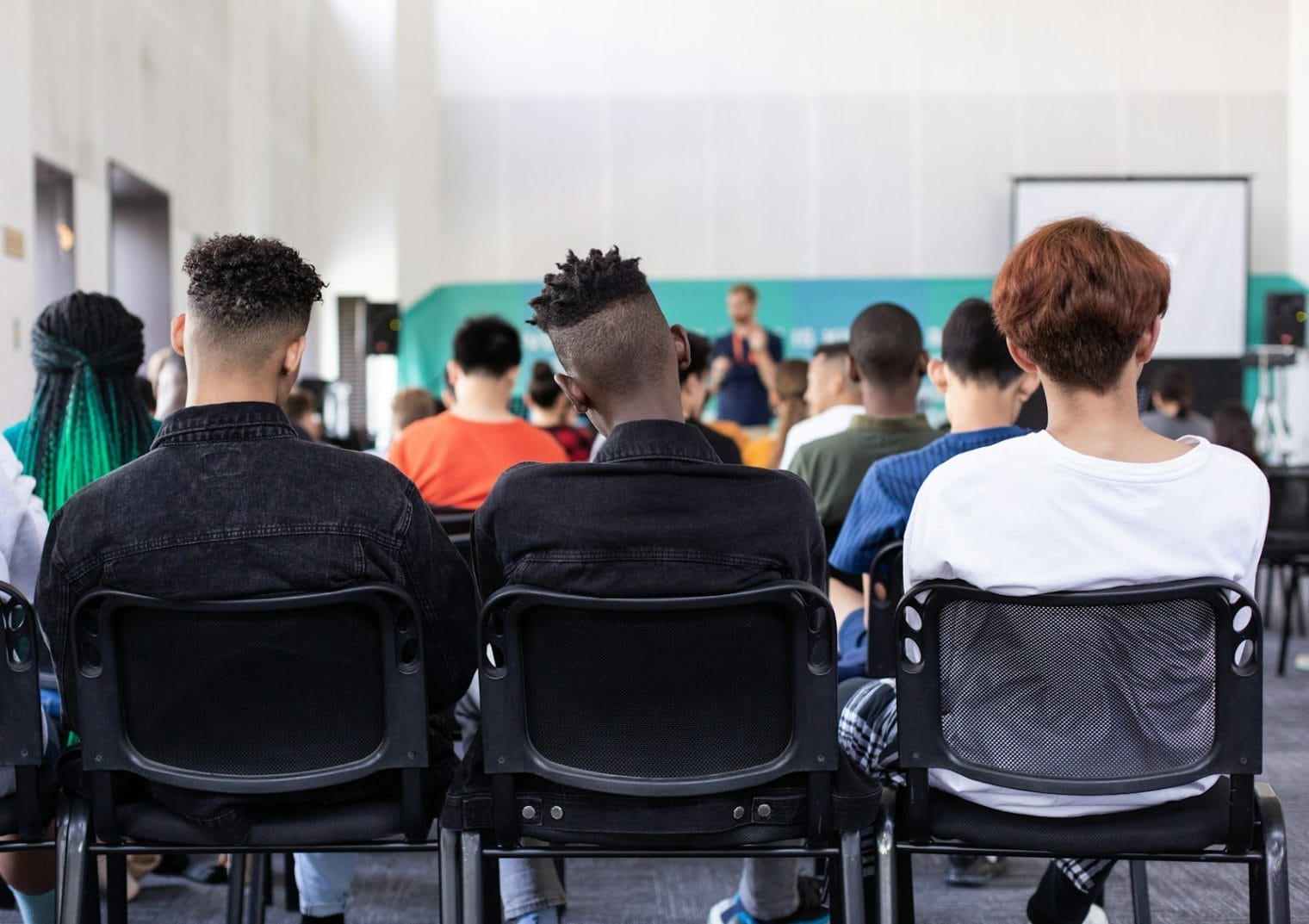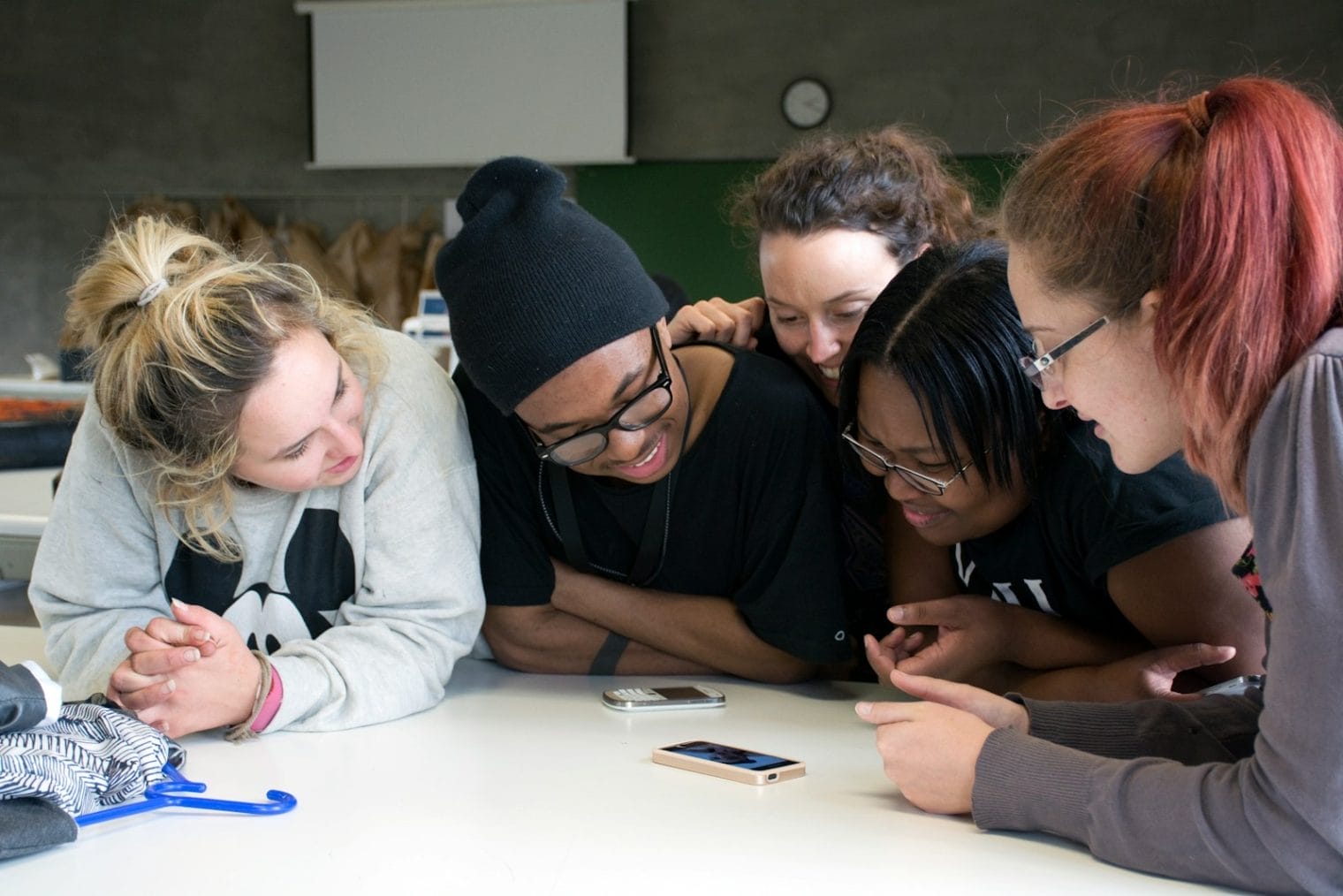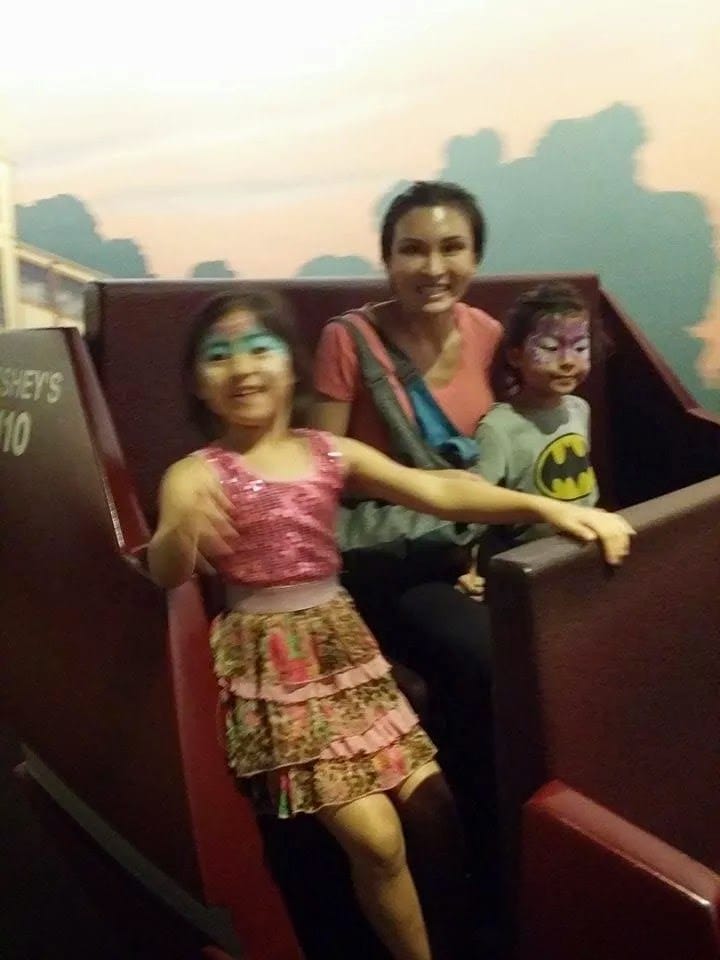Emotional Wellness
-

Beyond Eyeballs: Pay for Outcomes, Not Addiction
After several high-stakes responsible-tech applications and helping my daughters through college applications, I finally took a Monday off. Sauna. Cold plunge. Steam. Massage. Except…everywhere the blue light from screens stole the stillness. Signs on the changing room doors banned phones; guests had signed waivers agreeing to it; steam rooms could damage devices. None of it…
Read more about Beyond Eyeballs: Pay for Outcomes, Not Addiction
-

Look At Me When I’m Talking to You”: Why Phone Bans Fail and What to Do Instead
I get why some people roll their eyes at yet another adult talking about phones. So let’s start with music, not school. Artists from Adele to Bob Dylan have tried “no-phone” shows, and Sabrina Carpenter recently said she’s seriously considering it after experiencing the difference at a Silk Sonic concert. “It might piss off my…
-

From Passive Consumers to Active Shapers: Technology’s Second Chance
We’ve made so much “progress” that we can now order food, learn, and work without ever seeing another person. But is that really true progress or just convenience that erodes our humanity and quality of life? We’ve traded a handful of close friends for thousands of followers—and feel lonelier than ever. We’ve gone from exploring…
Read more about From Passive Consumers to Active Shapers: Technology’s Second Chance
-

Safe to Break, Ready to Ship
I hired a newbie handyman to replace five faucet fixtures. He and I both assumed he knew what he was doing. Nothing leaked before. That night, every sink he touched started dripping. Three callbacks and extra parts later, the total bill far exceeded what a licensed plumber’s—plus the time and trust you can’t get back.…
-

If I’m Not a 4.0, Who Am I?
“Kids are so occupied with not disappointing anyone that they don’t have the luxury to find out who they really are.”— Caitlyn Wang, founder of the nonprofit curaJOY Asian tweens and teens—whether in the U.S. or abroad—are exposing themselves to mental health risk factors with lifelong consequences, often hidden behind perfect GPAs and polished college…
-

All In or Half Out? The Mindset That Shapes Your Life
What’s going right in your life, right now? It’s a question we asked at curaJOY’s full team meeting this week. The answers came with some hesitations. It was just an icebreaker, but I suspect that my audience was unsure whether the answer needed to be a indirect boast/pitch–as if scanning for something good enough they…
Read more about All In or Half Out? The Mindset That Shapes Your Life
-

Optimizing Learning Outcomes and Career Pathways for Students with Learning Differences
For students with learning differences, the journey through education and into a fulfilling career can be daunting. While traditional educational frameworks often struggle to meet the needs of these learners, we have the power to change that. To optimize both learning outcomes and career pathways for students with learning differences, we must embrace a holistic,…
-

The Missing Middle
This July, during the launch of curaJOY’s Impact Fellowship, I had a sobering realization. These were some of the brightest high school and college students we had ever worked with—motivated, passionate, and full of ideas. Yet, many had never written a research paper. Few had been asked to conduct original investigations or engage in meaningful…
-

Check In. Learn to See. Live Better.
To kick off the summer, I took my daughters to explore sprawling underground caves and dive into cenotes on Mexico’s Yucatán Peninsula. The wildlife and natural beauty were surreal—hypnotic limestone caverns connected by clear underground rivers that Batman would envy—the eerie stillness of magnificence formed from meteorites when dinosaurs still walked the earth. But even…












